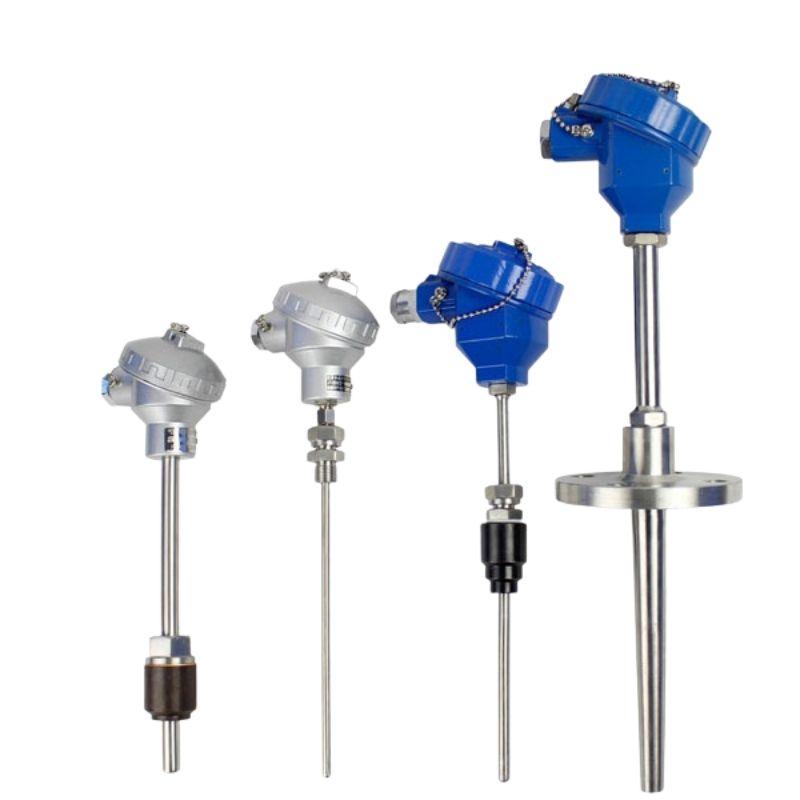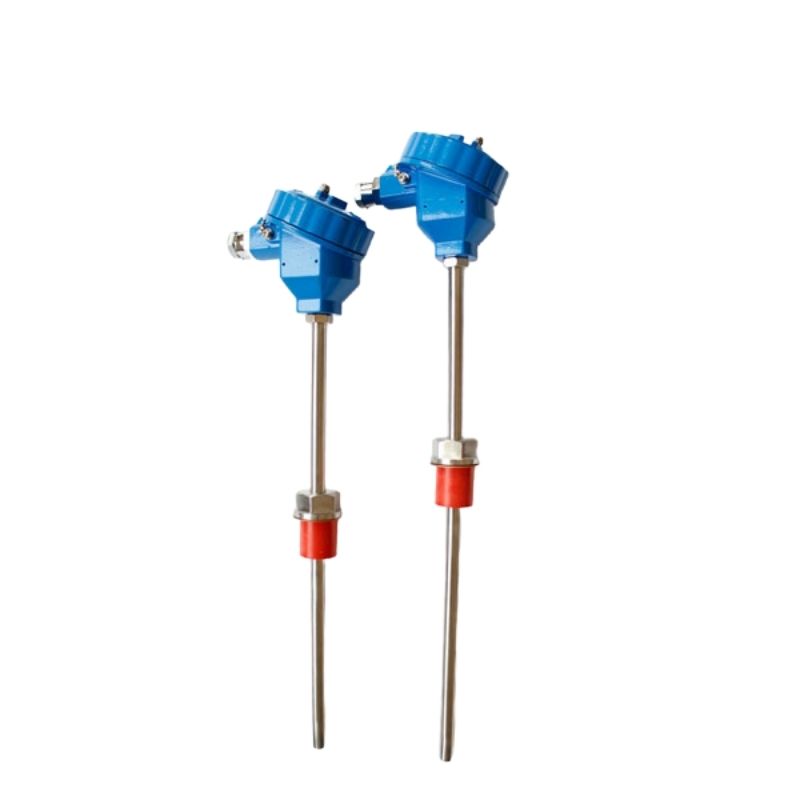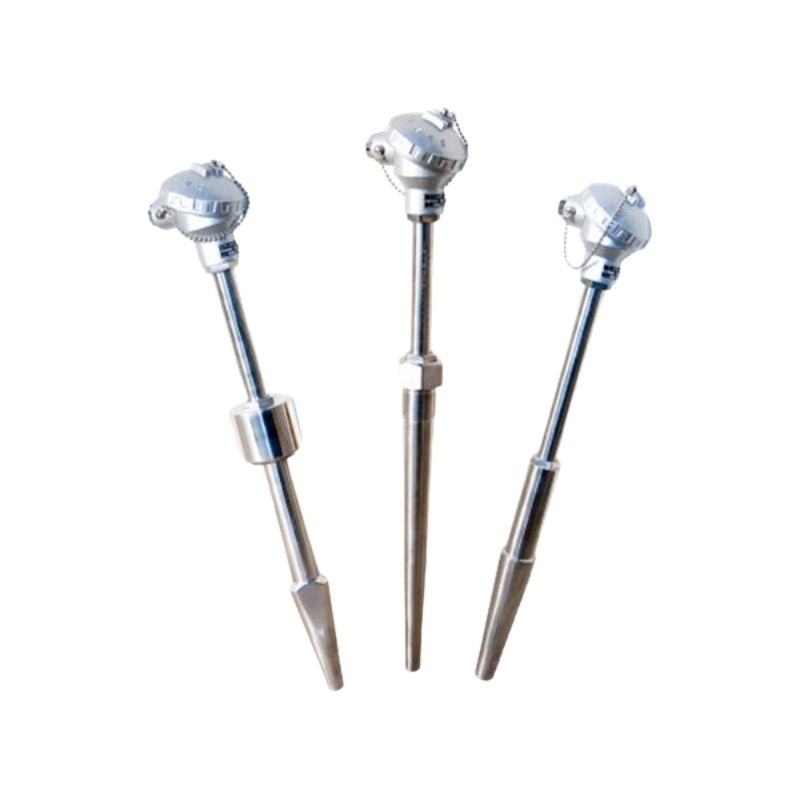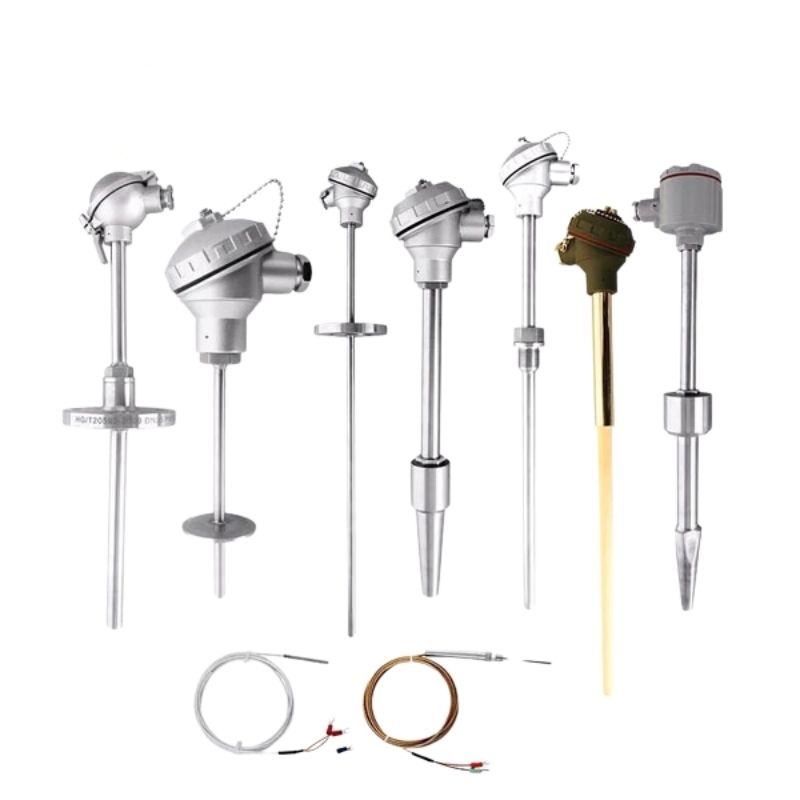Thermocouple is famous temperature dimension gadgets because of their versatility, responsiveness, ruggedness, and occasional cost.
As a professional in engineering and instrumentation, it is essential to consider various factors when selecting a thermocouple for temperature measurement.
Here are five things you should know about industrial thermocouple assemblies to make the most of them.

What is a Thermocouple?
A thermocouple is the world’s workhorse for measuring temperature. They are reliable, versatile, long-lasting, inexpensive, and reply quickly to temperature changes.
Thermocouples are temperature-sensing devices composed of two metal conductors connected to the measuring junction (hot junction) at one end. The conductors are not in contact at the other end, forming the reference junction (cold junction). The resulting electromotive force (emf) difference between the two junctions is calibrated to provide accurate temperature readings. Thermocouples are available in various calibration types depending on the metals used for the positive and negative conductors.
When choosing an industrial thermocouple for temperature measurement, it is important to consider more than just the operating temperature range and the environment or media in which it will be used. Professional engineers should take into consideration the compatibility of the thermocouple with the device, the accuracy of the measurements, the response time, and the power requirements of the thermocouple.

However, there are different issues to preserve in thoughts whilst measuring temperature with a thermocouple assembly.
Five Factors to Consider
- Reference Value
A thermocouple measures temperature by detecting the difference in electromotive force (emf) at its two junctions. Since this measurement is relative and not absolute, the temperature of the cold junction must be known to determine the actual temperature at the hot junction. Fortunately, modern industrial thermocouples have a separate sensor built into the temperature transmitter to measure the ambient temperature at the reference junction, making this compensation easy. This ensures a precise, professional measurement, saving time and effort.
- Connection
When connecting a thermocouple sensor, it is important to ensure that the polarity of the wires is correct. If the positive and negative wires are switched, the polarity will be reversed, and the reading will be incorrect or negative. This is one of the most common causes of thermocouple temperature measurement errors. Therefore, following the thermocouple’s specifications is essential when connecting the wires. Note: In many electrical systems, red designates positive polarity.

However, for thermocouples in the United States, the red wire is the negative wire. Professional technicians should take great care to ensure that the wiring is correctly connected to avoid errors and ensure accuracy in temperature readings.
- Galvanic Isolation
Galvanic isolation is a crucial component of temperature measurement. When the temperature sensor is mounted in the field and grounded, it can be exposed to ground potentials that differ from the measuring instrument in the control room. This can cause currents and sparks that can damage the instrument – Galvanic isolation prevents this from happening. With a temperature transmitter featuring galvanic isolation and an isolated output, you can be sure that your measuring instrument is protected from potential damage.
- Sensor Break Monitoring
Monitoring sensor breaks with thermocouple assemblies are a great way to sound an alarm when a circuit opens. However, even in ideal conditions, connections can come loose in the ceramic terminal block due to vibration, falsely triggering the alarm. Additionally, ceramic terminal blocks can be prone to breakage, making it important to monitor them closely. By taking the necessary steps to monitor sensor breaks, you can help ensure that your circuit operates at its best.

- Linearity
A thermocouple’s voltage–temperature curve is non-linear, meaning that low-quality transmitters which draw a straight line between the upper and lower limits can create inaccuracies in the readings. To ensure accuracy, high-quality temperature transmitters use a process known as linearization, which calibrates the voltage along the curve for greater accuracy. This results in a more accurate temperature reading, ensuring that the correct temperature is always recorded.
Advantages
For many applications, a thermocouple is an ideal choice for temperature measurement. With its high-temperature resistance, reliable accuracy, fast response time, and extreme durability, thermocouples offer a range of advantages:
- Thermocouples can be used under demanding environmental conditions
- They have a high degree of reproducibility and accuracy over a wide operating range
- Thermocouples have a fast response time and a wide temperature range
- Their self-powered design means they do not require current or voltage sources
- Thermocouples are highly resistant to vibrations and shocks, making them a durable and reliable choice.
Limitations
Although thermocouple probes are an excellent choice for many applications, they have a few limitations. For one,
- They are not as accurate as RTDs in specific temperature ranges and can also experience drift over time.
- Thermocouples are more susceptible to corrosion if the insulation is not up to par.
- The thermocouple signals may not be perfectly linear.

However, these limitations do not necessarily disqualify thermocouples as a viable option. Thermocouples can still be an excellent choice for many applications with the proper maintenance and care.
Conclusion
Thermocouples are an excellent choice for temperature measurement due to their versatility, responsiveness, ruggedness, and low cost. When selecting a thermocouple for temperature measurement, it is crucial to consider various factors to ensure the best-suited thermocouple is chosen for the application. Thermocouples can provide reliable and accurate temperature measurements for many years with the right selection and proper care.
Email us at sales@instruthink.com or visit our website at www.bcsgroup.com for inquiries.
